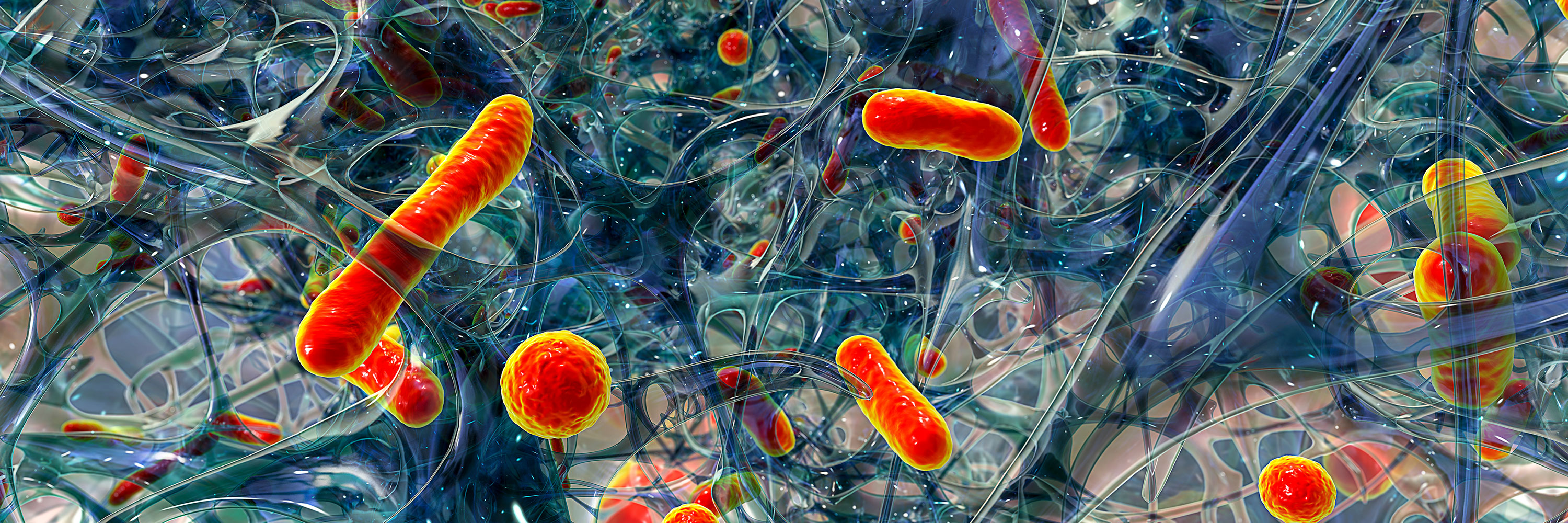
Biofilm, a well-known risk in healthcare, exists far beyond medical settings.
“What is a biofilm? Well, we’ve probably seen them,” Mike Matthews said recently on the First Case podcast. “You see them in your shower, you see them in your pool water if you’ve got a pool. Biofilms are the reason we brush our teeth twice a day, because you have biofilms that are forming on your teeth.”
Matthews, the director of customer education for Agiliti, explained that bacteria need three things to form a biofilm:
All three, unfortunately, are all too present on surgical instruments. Bacteria, Matthews said, will then build a community and work to protect it. The community operates much like a city, as we’ve explored before.
The “cutting edge” of biofilm research, according to Matthews, is understanding how bacteria communicate within biofilms — where they essentially share DNA. Traits such as antibiotic resistance may transfer from one bacteria to another.
Biofilms are also hydrophobic, Matthews explained, meaning they repel water. This, he said, is problematic as reusable medical devices are sterilized with steam. Sterile processing departments must therefore focus on efforts to prevent its formation in the first place through steps including point-of-use cleaning — which a previous episode of the Beyond Clean podcast called the “most important” step in endoscope processing.
Matthews writes an expert series for Beyond Clean on flexible endoscope safety.
“I’ve been speaking a lot to infection preventionist groups about this topic, and generally speaking, while infection preventionists are very aware of the risks of biofilms and very aware of the impact that it has on healthcare, something that’s very surprising to them is how easy it is for biofilms to form in the OR and sterile processing environment,” he said.


